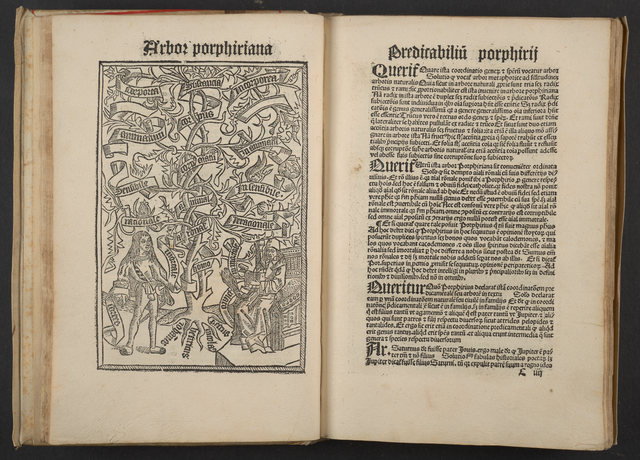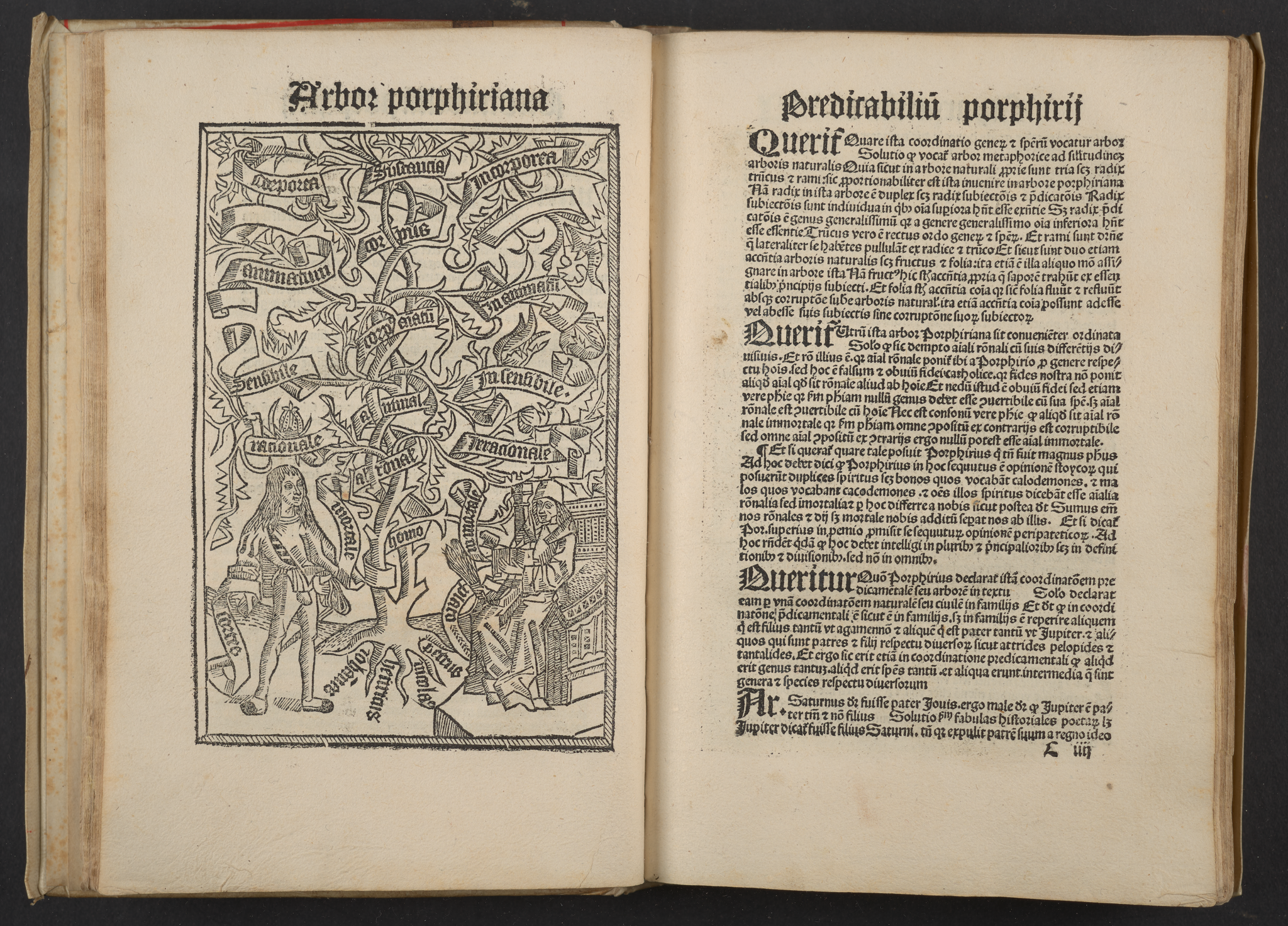XO09 Epitomata que vulgo Reparationes dicu[n]tur lectionum et exercicoru[m] logice veteris ac noue Arestotelis [secundu]m diui Alberti doctoris magni doctrina[m] ad profectu[m] quoru[m]uis philosophie agonie palestritaru[m]: veru[m] presertim in gymnasio Coloniensi q[uod] Laurentij voca[n]t [pro] ingenij sui cultu desuda[n]tiu[m] feliciter incipient

Full description
Epitomata que vulgo reparationes dicuntur lectionum et exercicoru[m] logice veteris ac noue Arestotelis [secundu]m diui Alberti doctoris magni doctrina[m] ad profectu[m] quoru[m]uis philosophie agonie palestritaru[m]: veru[m] presertim in gymnasio Coloniensi q[uod] Laurentij voca[n]t [pro] ingenij sui cultu desuda[n]tiu[m] feliciter incipient (Cologne: Heinrich Quentell, 1500)
Penn Libraries, Kislak Center for Special Collections, Rare Books and Manuscripts, Inc A-1064
This book – printed in Cologne – is the first volume of a synthetic treatment of Aristotelian logic based on the teachings of Albert the Great (d. 1280), who is considered the founder of the University of Cologne. The book was addressed to the students in the Laurentianum Gymnasium, a grammar school founded in the fifteenth century, meant to prepare students for studies at the University of Cologne. The image on display is a Porphyrian tree, a common visual device originally introduced in the Isagoge written by Neoplatonic thinker Porphyry in the 3rd century. The Isagoge represented an introduction to Aristotelian logic, specifically the Categories. Porphyry’s tree is organized on two-way divisions (or dichotomies), which display the levels of being based on the principle that a difference and a genus define a species, like "man" (e.g., based on the image, we start from “substance,” we divide it into “immaterial” and “material,” we select “material substance” and divide it into “inanimate” and “animate,” we pick “animate’ and we divide it into “insensitive” and “sensitive,” we select “sensitive” and divide it into “irrational” and “rational,” and having reached the common definition of the species “man” we can identify the different individuals pertaining to that species like "Petrus").
Comments
to view and add comments.
Annotations
No one has annotated a text with this resource yet.
- typeImage
- created on
- file formatpng
- file size5 MB


